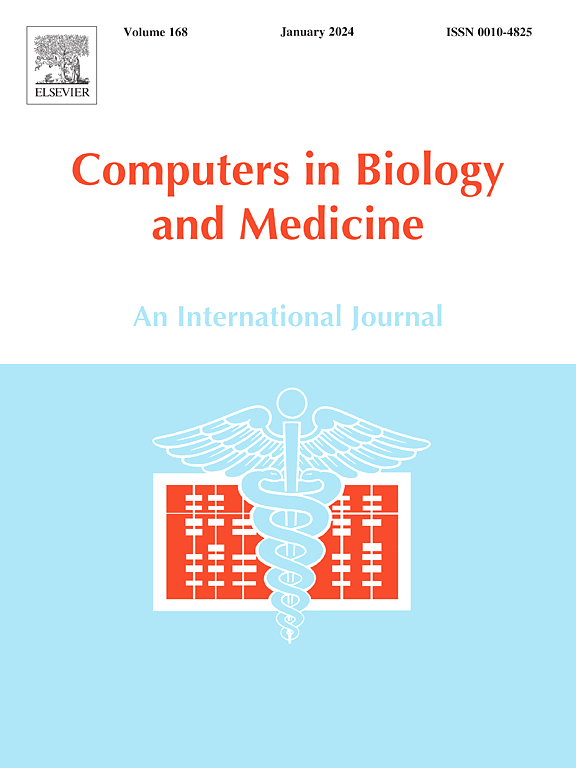Asymmetric Convolution-based GAN Framework for Low-Dose CT Image Denoising
IF 7
2区 医学
Q1 BIOLOGY
引用次数: 0
Abstract
Noise reduction is essential to improve the diagnostic quality of low-dose CT (LDCT) images. In this regard, data-driven denoising methods based on generative adversarial networks (GAN) have shown promising results. However, custom designs with 2D convolution may not preserve the correlation of the local and global pixels, which results in the loss of high-frequency (edges/ boundaries of lesions) anatomical details. A recent state-of-the-art method demonstrates that using primitive GAN-based methods may introduce structural (shape) distortion. To address this issue, we develop a novel asymmetric convolution-based generator network (ACGNet), which is constructed by using one-dimensional (1D) asymmetric convolutions and a dynamic attention module (DAM). The 1D asymmetric convolutions (1 × 3 & 3 × 1) can intensify the representation power of square convolution kernels (3 × 3) in horizontal and vertical directions. Consequently, we integrated the highlighted low-level CT voxel details via purposed attention DAM with high-level CT-scan features. As a result, ACGNet efficiently preserves the local and global pixel relations in denoised LDCT images. Furthermore, we propose a novel neural structure preserving loss (NSPL) through which ACGNet learns the neighborhood structure of CT images, preventing structural (shape) distortion. In addition, the ACGNet can reconstruct the CT images with human-perceived quality via back-propagated gradients due to the feature-based NSPL loss. Finally, we include differential content loss in network optimization to restore high-frequency lesion boundaries. The proposed method outperforms many state-of-the-art methods on two publicly accessible datasets: the Mayo 2016 dataset (PSNR: 35.2015 dB, SSIM: 0.9560), and Low-dose CT image and projection dataset (PSNR: 35.2825 dB, SSIM: 0.9566).
求助全文
约1分钟内获得全文
求助全文
来源期刊

Computers in biology and medicine
工程技术-工程:生物医学
CiteScore
11.70
自引率
10.40%
发文量
1086
审稿时长
74 days
期刊介绍:
Computers in Biology and Medicine is an international forum for sharing groundbreaking advancements in the use of computers in bioscience and medicine. This journal serves as a medium for communicating essential research, instruction, ideas, and information regarding the rapidly evolving field of computer applications in these domains. By encouraging the exchange of knowledge, we aim to facilitate progress and innovation in the utilization of computers in biology and medicine.
 求助内容:
求助内容: 应助结果提醒方式:
应助结果提醒方式:


